Are Blue Jays Corvids? A Look at Their Physical and Behavioral Traits
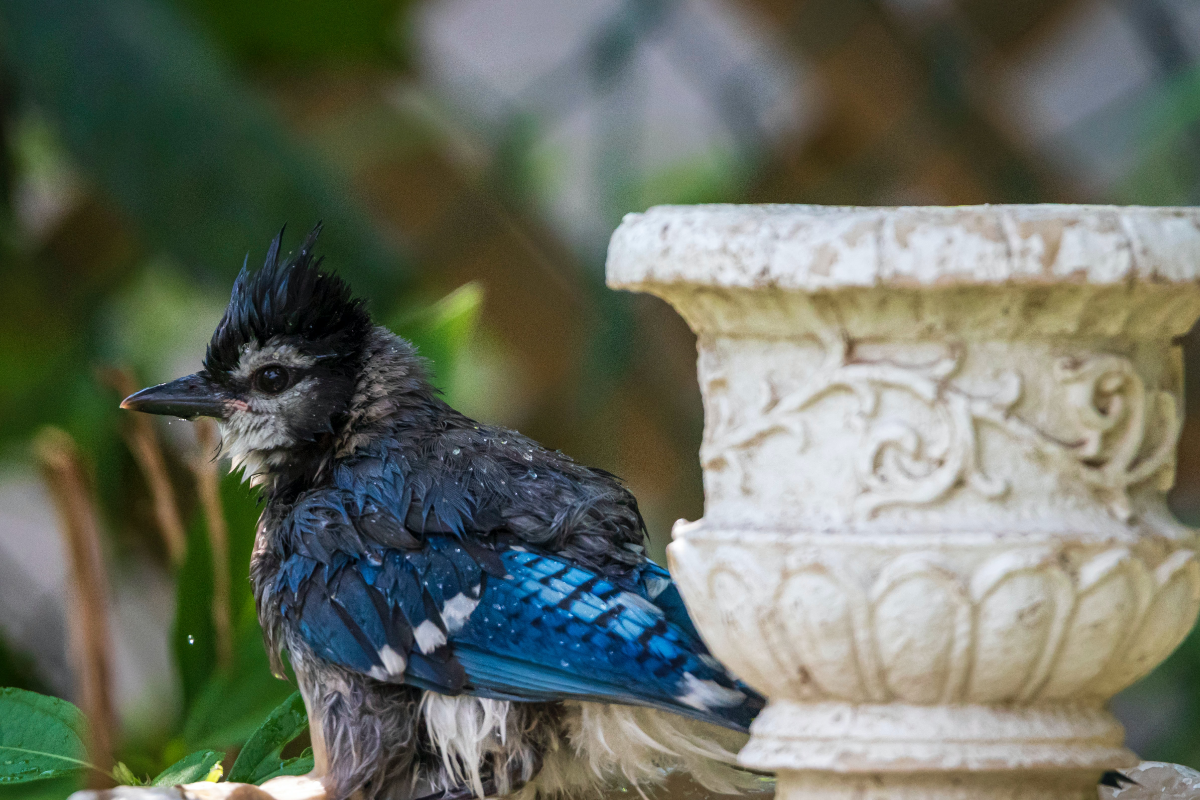
Blue Jays are a common sight in many parts of North America, known for their striking blue feathers and raucous calls.
But are Blue Jays Corvids? Corvids are a family of birds that includes crows, ravens, magpies, and jays.
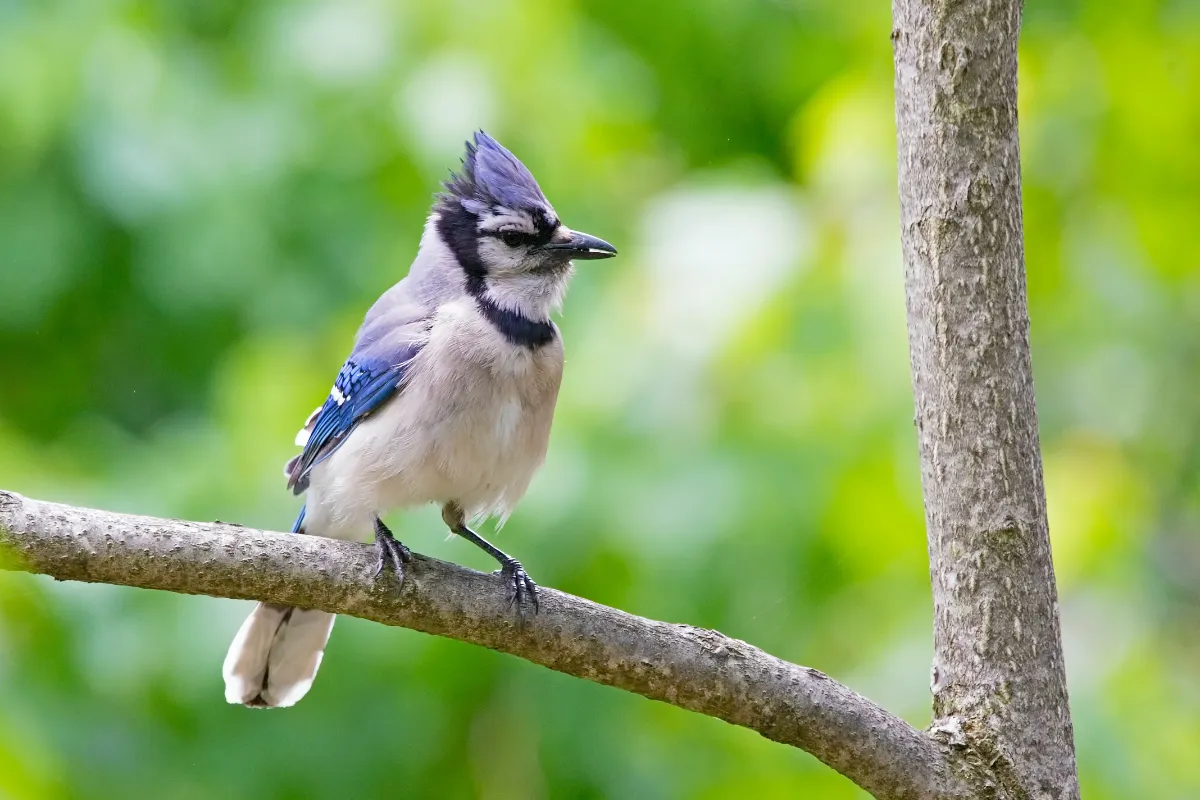
In this blog post, we will explore the characteristics of Corvids and Blue Jays to determine whether Blue Jays are indeed a part of this family.
Corvid Family Birds
The Corvid family is a diverse group of birds, with over 120 species worldwide. Corvids are known for their intelligence, adaptability, and complex social behaviors.
They are also highly vocal, with many species possessing a wide range of calls and songs. While they vary in size and appearance, Corvids share several key physical and behavioral traits that set them apart from other bird families.
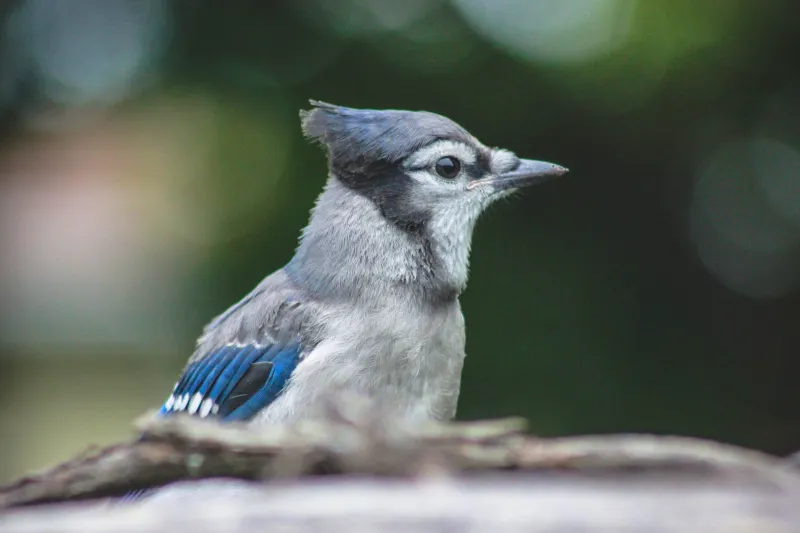
One of the most distinctive physical features of Corvids is their sharp, hooked beak. This beak is well-suited for tearing apart tough food items, such as nuts and seeds, and is also used for probing into crevices to find insects and other small prey.
Corvids also have strong, powerful legs and feet that enable them to walk, run, and climb with ease. Their wings are relatively short and rounded, allowing them to fly with agility and precision.
Behaviorally, Corvids are known for their intelligence and problem-solving abilities.
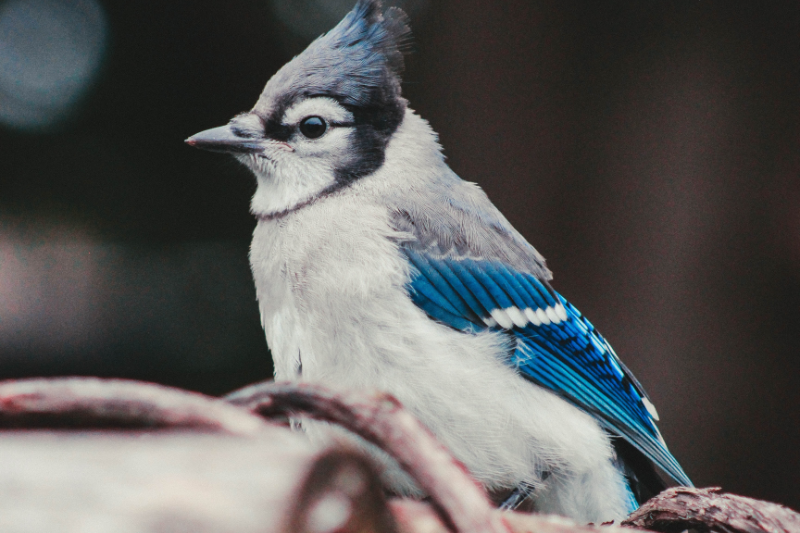
Many Corvid species are capable of using tools to obtain food, and some have been observed engaging in complex social behaviors, such as cooperative hunting and tool use. Corvids are also highly vocal, using a wide range of calls and songs to communicate with one another and to defend their territory.
So, are Blue Jays Corvids?
The answer is yes. Blue Jays are Corvids, and belongs to Corvid family, along with crows, ravens, and magpies. In fact, Blue Jays are closely related to two other North American Corvids: the Steller’s Jay and the Gray Jay.
Like other Corvids, Blue Jays possess several key physical and behavioral traits that set them apart from other bird families.
Physically, Blue Jays have a sharp, hooked beak that is well-suited for cracking nuts and seeds, and for catching insects.
They also have strong, powerful legs and feet that enable them to walk, run, and climb with ease. Their wings are relatively short and rounded, allowing them to fly with agility and precision.
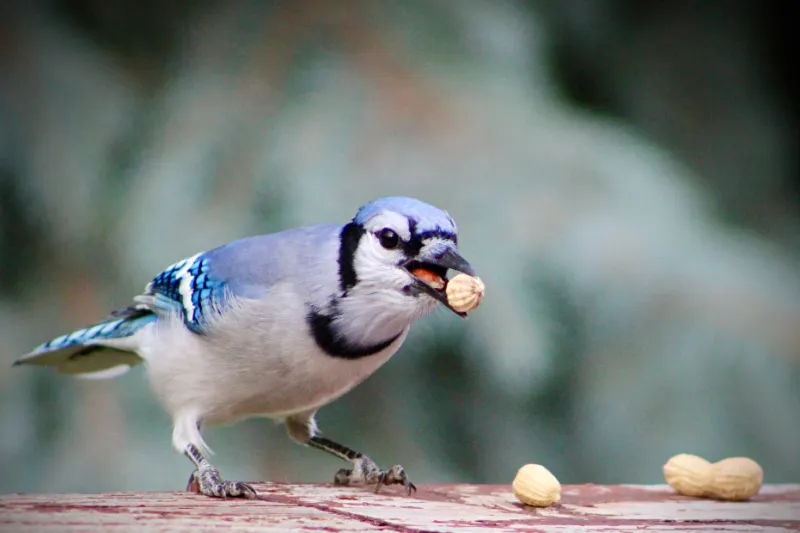
Behaviorally, Blue Jays are known for their intelligence and problem-solving abilities. They are capable of using tools to obtain food, and have been observed engaging in complex social behaviors, such as cooperative hunting and caching food for later use.
Blue Jays are also highly vocal, using a wide range of calls and songs to communicate with one another and to defend their territory.
Despite their similarities with other Corvids, Blue Jays do have some unique physical and behavioral characteristics that set them apart from their relatives.
Read More: Complete Blog on What Do Blue Jays Eat ? >>>
For example, Blue Jays are larger than most other Corvids, and have a distinctive crest of feathers on their head.
They are also known for their love of acorns and other nuts, and will often cache food for later use. Additionally, Blue Jays are known to mimic the calls of other birds and even some mammals, a behavior that is not commonly seen in other Corvids.
Which Birds are Corvids?
Corvids are a family of birds that includes over 120 species worldwide. Some of the most well-known Corvids include:
Crows: These birds are found throughout the world, and are known for their intelligence, adaptability, and distinctive cawing calls.
Ravens: The largest of the Corvids, ravens are found in many parts of the world, and are known for their glossy black feathers and deep, croaking calls.
Magpies: These colorful birds are found throughout the world, and are known for their striking black and white plumage and raucous calls.
Jays: This group includes several species, such as the Blue Jay, Steller’s Jay, and Gray Jay, all of which are found in North America.
Nutcrackers: These birds are found in North America and Eurasia, and are named for their strong, hooked beaks that are well-suited for cracking nuts.
All of these birds share several key physical and behavioral traits, such as a sharp, hooked beak, strong legs and feet, and complex social behaviors.
Additionally, many Corvids are highly vocal, using a wide range of calls and songs to communicate with one another and to defend their territory.






